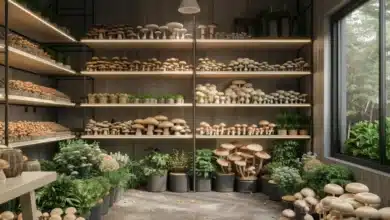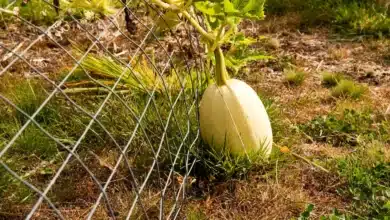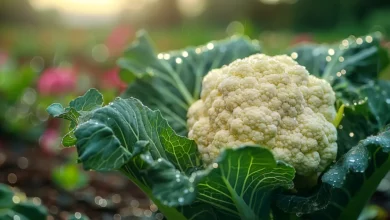Growing Your Own Lettuce
Growing Your Own Lettuce: A Guide to a Healthy Harvest
Lettuce has become a common ingredient in kitchens all over the world. Lettuceki is a staple in many tchens around the world. It can be used as a base for salads, as an ingredient in sandwiches, or even a crunchy topping on burgers. In the Philippines where the summers are often extremely hot, the lettuce plant is often prone to bolting, which can cause the plant flower and become bitter. Thanks to advances in seed technology, it is now possible to grow lettuce all year round, even in a hot climate like Manila. It is not only a versatile crop but it is also suited to home gardens as it thrives in medium-sized pots, which is perfect for urban gardeners who have limited space.
This guide will walk you through each step of the process. Here’s all you need to grow lettuce, from selecting the best variety to harvesting fresh leaves.
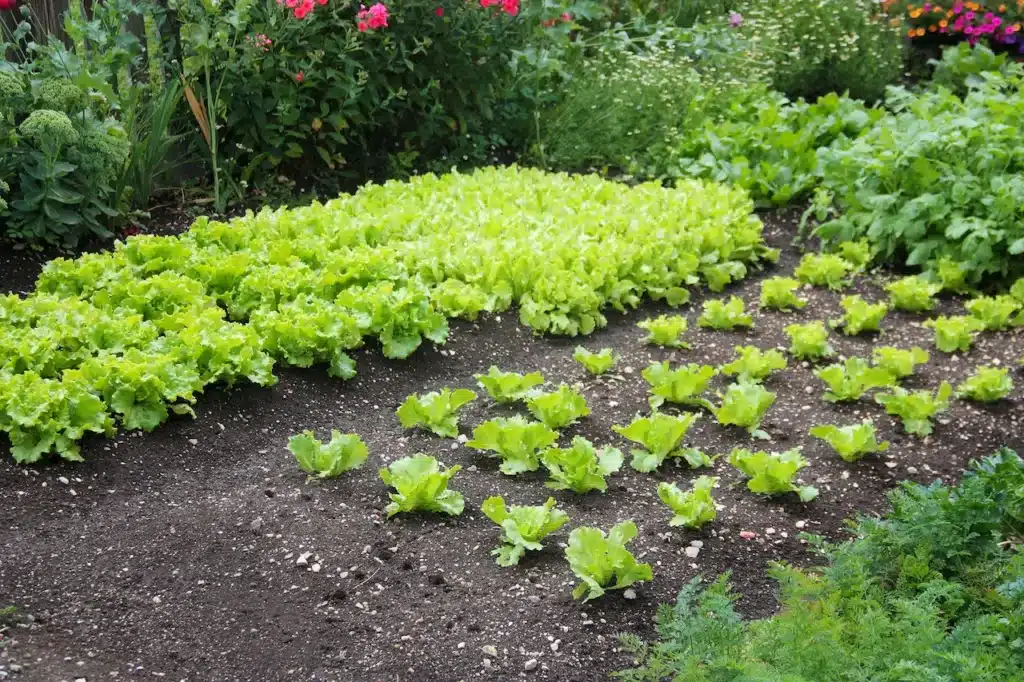
Why Grow Lettuce at Home?
There are many benefits to growing your own lettuce.
Growing lettuce at home is a cost-effective way to ensure you always have fresh greens without having to depend on the store.
– Healthier Alternative: Homegrown salad is fresher, and it’s free of pesticides and chemicals. It makes a great choice for people who like organic food.
– Space Efficient: Lettuce is easily grown in containers. This means that even if your garden space is limited or you live in a small apartment, you can still grow lettuce at home.
– Sustainability: By growing your own lettuce, you reduce your carbon footprint because you will not have to purchase imported or packaged greens which require transportation.
Let’s now dive into the steps to successfully growing lettuce at home!
1. Choose the Right Lettuce Variety
To grow lettuce at home, you must first choose the correct variety. You’ll need to choose heat-tolerant varieties of lettuce in hot climates such as the Philippines. These are less likely than other lettuces to bolt (flower prematurely and set seed). Many local seed companies have developed heat-resistant and slow-bolting hybrids that are well adapted to tropical conditions.
Looseleaf lettuce: This variety is usually the easiest to grow, and it is more heat resistant than most other varieties. This is a great choice for beginners because it grows fast and can be harvested several times.
Romaine Lettuce- While it can be difficult to grow romaine lettuce in the summer heat, hybrid varieties are available that were bred to resist the heat.
Butterhead lettuce: These varieties of lettuce are sweet and tender, making them perfect for salads. However, they may need more attention during the summer months.
You can also ask your local seed or nursery supplier for the heat-resistant varieties that they recommend in your area if you are unsure. After you have chosen your variety, it’s time to get started!
2. Lettuce seeds require little preparation and are easy to plant. How to get started:
Step 1: Select Your Container
You can grow lettuce using a variety containers. These include small pots and window boxes as well as larger rectangular planters. The container should be at least medium size and have a depth of 8 inches to allow for the roots to grow comfortably.
Step 2. Prepare the soil
Lettuce grows best in loose, draining soil. For container gardening, a good mix includes **70% garden soil** and 30% compost. When using potting soil, make sure it is light and airy. This will encourage healthy roots. If the soil is too dense, you can add perlite and vermiculite for drainage.
Step 3: Planting the seeds
Sprinkle the seeds of lettuce evenly on the surface. You don’t have to bury lettuce seeds too deeply because they are so small. Just lightly press the seeds into the soil, or cover them in a thin layer. You can also start the seeds inside small pots, or in paper cups.
Step 4: Watering Seeds
After sowing the seeds, lightly mist it with water. Avoid soaking it. It takes lettuce seeds 5 to 7 day to germinate. You should keep the soil moist throughout this time to encourage healthy sprouting.
Step 6: Thin the seedlings
It’s time for you to thin your plants out once they reach about 2 inches in height. Leave about 1 inch between each plant. Do not throw away smaller seedlings. Use them as microgreens in sandwiches or salads.
Step Six: Transplantation (optional)
Once the seedlings are large enough, you can transplant them into larger pots. The roots will have more room to grow and won’t be crowded when they are mature.
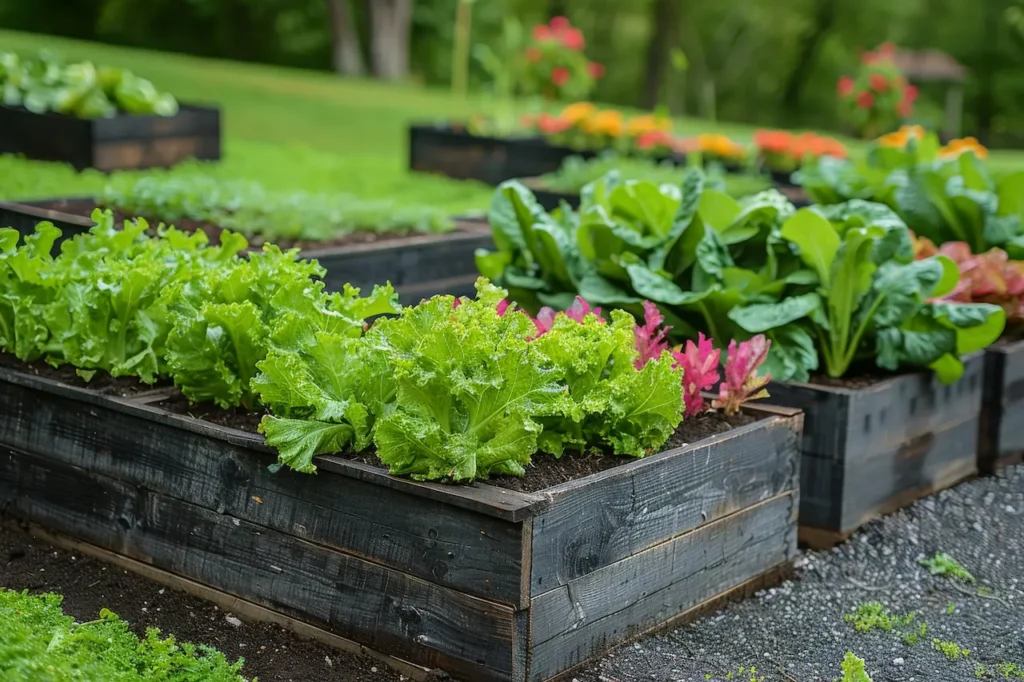
3. Plant Care and Maintenance
It’s important to care for your lettuce plants to make sure they grow. Here are some maintenance tips that you should know:
Sunlight
Lettuce requires at least four hours of direct sun per day. Morning sun is ideal, because it’s not as harsh. You can provide some shade if the sun is too hot. You can move your plants into a shaded area at the peak of the sun.
Watering
Lettuce loves moisture and needs to be watered regularly. To keep your soil moist, water your lettuce daily during summer. Overwatering can cause root rot.
If you need to avoid waterlogging, consider adding additional drainage holes to the container.
– In cooler months you can reduce the amount of watering but ensure that soil doesn’t dry completely.
Fertilizing
-Lettuce has a low feeding rate, but it benefits from regular application of plant nutrients. You can apply vermicast or rabbit manure or processed poultry manure about once or twice a week to your plants. These organic fertilizers are a great way to provide nutrients for your plants without damaging the environment or the plant.
4. Pest Management
Pests can attack lettuce, just like other leafy greens. Check out these common pests and learn how to protect them.
Slugs and Snails
This pest can decimate your lettuce plants quickly, especially on cooler evenings and when the soil is wet. Sprinkle diatomaceous Earth around the base plants to prevent slugs. This natural substance is effective in controlling slugs because it creates sharp particles which damage their bodies.
Cabbage Worms
The larvae of the white moth can cause havoc to your lettuce. The larvae will eat the leaves of your lettuce if they are not detected. They lay their eggs in the center of the plant. To prevent cabbageworms:
– Inspect your plants for eggs and worms regularly.
Sprinkle diatomaceous Earth on the affected areas to kill larvae before they do too much damage.
Use neem as a spray to prevent pests. Use it once a week in the evening to eliminate pests.
Aphids
Another common pest is the aphid, which can also be found on lettuce. They are known to eat sap off of leaves and stunt growth. Spray the plant with mild soap or neem to repel aphids.
5. Harvesting Your Lettuce
Your lettuce will be ready to harvest in approximately 6-8 weeks. It is important to harvest your lettuce at the right time to keep it fresh and delicious. Waiting too long can cause the leaves to become bitter or tough. How to harvest:
Cut-and-Regrow Method
You can cut and re-grow lettuce to get multiple harvests. How to do this:
– Harvesting from the outside : Cut the outer leaves first, leaving the middle of the plant intact.
-Leave a few leaves behind. Only take up to 50% of the leaf at a time. The plant will be able to store energy, and grow more leaves.
Full Harvest
If you want to harvest your entire plant, then cut off the roots. Early morning is the best time to harvest your lettuce because the leaves will be the crispest.
Storage
Wash the lettuce leaves only as soon as you are ready to use it. The leaves can be stored in a sealed bag or sealed containers in the vegetable compartment of the refrigerator. This will help maintain the crisp texture of the leaves and extend their shelf life.
Continuous Harvesting
To ensure a constant supply of lettuce, plant new seeds every week in medium-sized containers. The staggered planting will ensure that you have fresh, young lettuce available for harvest.

Conclusion
Growing lettuce is a rewarding, easy project that will yield healthy greens all year round. You can grow lettuce on your patio, balcony or rooftop by choosing heat-tolerant varieties and following care instructions. This gives you not only fresh, organic produce but also a constant supply.
It also gives you a feeling of satisfaction when you grow your own food. Enjoy your harvest and happy gardening!

